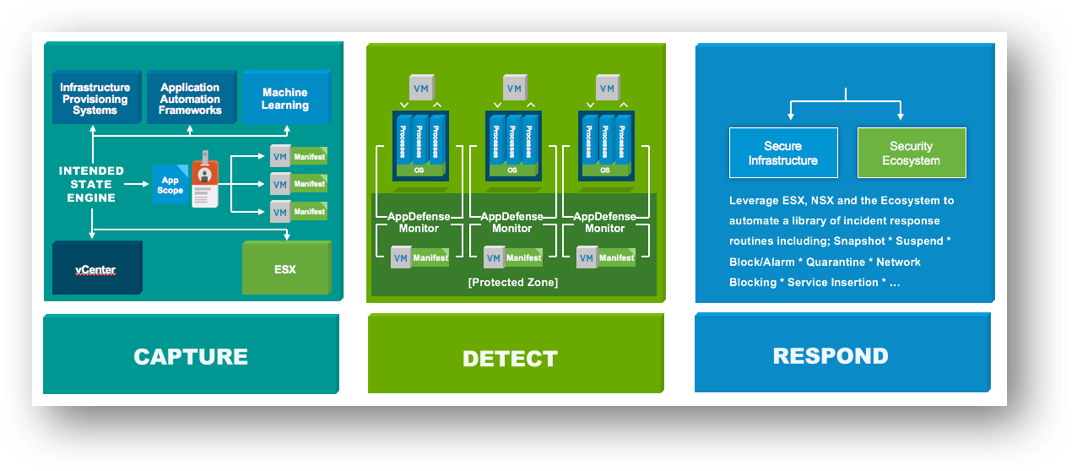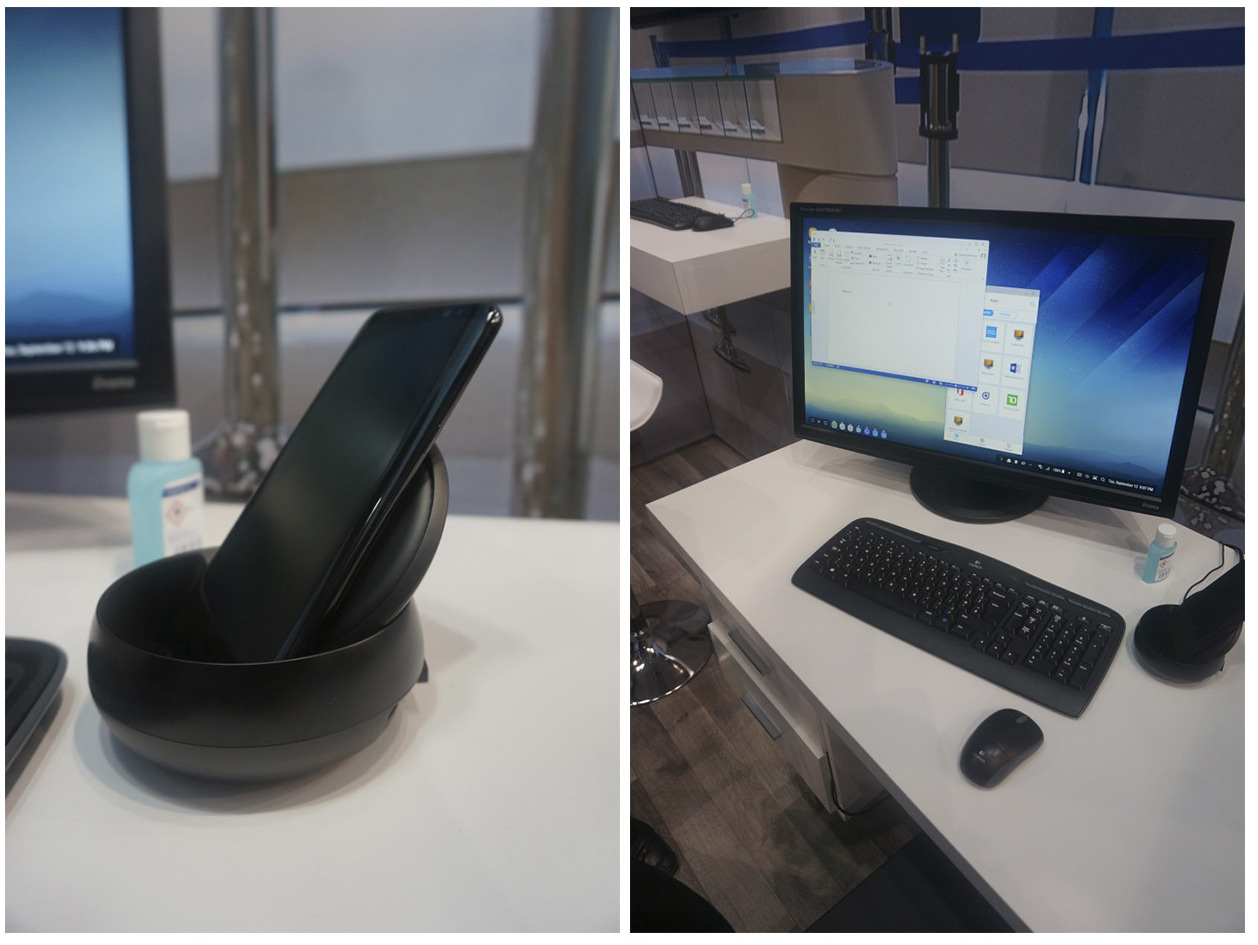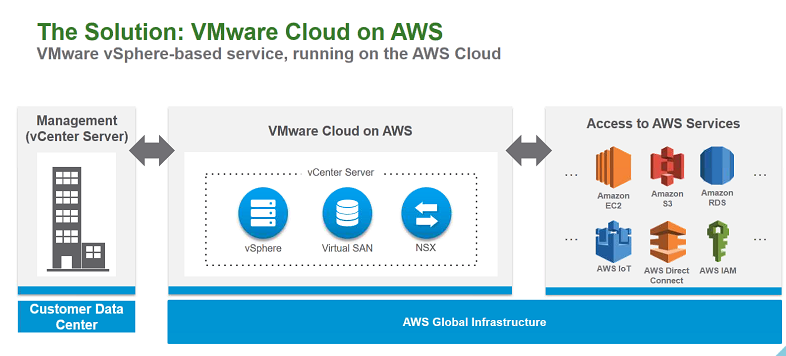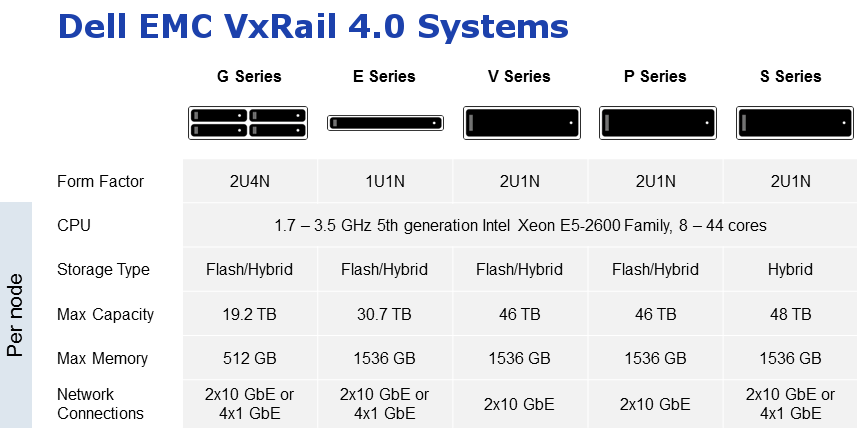VMworld 2017 Europe Conference. Day 1
I continue my story about the most interesting at the conference VMworld 2017 Europe (the first part of the story about the conference ).
The first day began with a general session under the inspirational headline: Good Technologists Solve Problems. Great Innovators Create Opportunities . VMware CEO Pat Gelsinger talked about how technology is changing the world around us. He cited the example of how quickly people can adapt to everything new. For example, the initial fear of unmanned vehicles is replaced by interest: “How does it work inside?”, Which leads to new needs: “Why can't this thing go faster?”. As a result, IT is becoming the main source of growth for companies. And if 100 years ago a person had to be able to do three things: read, write and count, now it looks more like “read, write code and read”.
VMware provides solutions that ensure the operation of any application in any cloud (private or public) with the ability to access from any device. One such solution is VMware HCX, which provides connectivity between on-premise infrastructure and public cloud services (such as IBM Cloud or OVH) and allows real-time virtual machine transfers back and forth without downtime (zero-downtime migration).
However, not all customers are ready to rush headlong into the public cloud. Many people practice a hybrid approach, when part of the infrastructure is deployed on-premise, and part in the cloud. To improve the management capabilities of these hybrid environments, VMware offers a suite of SaaS-based products - VMware Cloud Services, which include solutions for monitoring, cost analysis, network connectivity, application security, and a single point of connection to applications.
Then we talked about the public cloud VMware Cloud on AWS. In short: Amazon provides its virtual data centers located in all corners of the world, as well as engineering, network infrastructure and server equipment, on which the set of VMware SDDC products is installed.
VMware also recalled other recently announced products running inside virtual environments: VMware Integrated OpenStack 4.0 (OpenStack's own distribution kit) and VMware AppDefense (application security solution).

Exhibition
After the end of the general session, visitors began to disperse. Some were in a hurry to other sessions, others were relaxing in the lounge-zone, others went to the exhibition of partner solutions Solutions Exchange.
More than 100 companies deploy stands at VMworld every year to demonstrate all kinds of products and solutions. For example, you can visit the stands of Dell, HPE, NetApp, IBM, Hitachi, Red Hat, Arista, Nutanix, as well as promising startups. It is especially pleasant that IT companies with Russian roots are represented at the exhibition: Kaspersky and Veeam.
Vendors by hook or by crook try to invite visitors to their stands: A
game at the Intel stand, in which the participants for a certain time needed to select a server with the optimal configuration to solve business needs:
The first to catch my attention was the VMware booth, primarily due to its gigantic size (for some reason, I recalled the saying that “who dines with a girl dances her”).
All areas of the company’s work were presented here: from desktop hypervisor VMware Workstation to the recently announced application protection product - AppDefense, each solution had its own stand with a specialist who was ready to answer all questions.
Special mention should be made of stands, stylized for various industries, where solutions for end users (End-User Computing) were demonstrated.
For example, Samsung smartphones supporting dextop mode (Samsung DEX) were demonstrated for the banking sector. After installing the smartphone in the cradle, you can connect a keyboard, mouse and monitor to it and work almost like with a full-fledged desktop computer. Or, you can run the Horizon View client on it, connect to the VDI infrastructure and gain access to published applications and virtual workstations, turning the device into a mobile thin client.

Next, I visited the Amazon booth, where you could learn more about the implementation of the joint cloud service VMware and Amazon.
Cloud on AWS was announced at last year's VMworld, and finally, the solution became available to end customers.

With just a couple of buttons, you can deploy your virtual data center in the Amazon cloud. Each such data center includes:
- VMware vSphere cluster (at least four physical servers);
- vCenter Server Management Server
- VSAN distributed storage
- NSX software configurable network.
All servers have a typical configuration: two 18-core processors, 512 GB of RAM, 10.7 TB of storage space for flash. It is possible to increase the computing resources of the virtual data center by adding additional nodes manually or in automatic mode as the load grows (the so-called Elastic DRS). Cloud on AWS provides integration mechanisms with an on-premise customer infrastructure that enables you to manage your vSphere on-premises and cloud clusters and virtual machines from a single vSphere Client (Hybrid Linked Mode) console.
VMware fully supports the cloud infrastructure, including configuration, patch management and hardware maintenance.
Since the VMware cloud is located in the same data center as Amazon cloud services, customers get additional benefits in the form of wide bandwidth, low network latency and lack of traffic accounting when working with EC2, S3 and others.
VMware identifies three main use cases for Cloud on AWS:
- expanding the existing virtual infrastructure or organizing a backup site for disaster recovery without the need to build your own data center;
- consolidation of several existing data centers or complete migration to the cloud with minimal impact on existing applications and VMs;
- rapid provision of computing resources for testing / development tasks or during cyclic load (peaks in the sales season).
Currently, the deployment of virtual data centers is available only in one region (US West Oregon), but in the near future the list of regions will be expanded.
At the HPE booth, a new generation of ProLiant GEN10 servers was on display. In particular, the 1U HPE ProLiant DL360 GEN10 rackmount server was introduced.
Among the innovations of GEN10
- Support for Intel Xeon Scalable architecture processors. The new processors have more cores (28 on the older Intel Xeon Platinum 8150M instead of 22 cores on the Intel Xeon E5-2699A v4), higher clock speeds and third-level cache memory, as well as an up to 205 W thermal package.
- Support for installing a larger number of flash drives with NVMe interface, which provide higher data transfer speeds and lower latency compared to drives with SATA / SAS interfaces. In a 1U server, you can install up to 10 of these drives, made in the form factor of 2.5 inches. A more capacious 2U server is already 20. Considering that the HPE portfolio includes NVMe drives up to 2 TB, it’s easy to calculate the total capacity.
- Support for trusted boot technology, which allows you to block the installation and launch on the server of unsigned versions of microcode and operating systems, as well as the ability to clean (zero) local drives, which prevents leakage of confidential data.
It is worth noting the gradual transition of server manufacturers to 25 Gb / s network adapters and, accordingly, to 100 Gb / s ports on network equipment. In addition to a two and a half-fold increase in bandwidth and a decrease in latency compared to 10 GbE, which can be useful for modern hyperconverged solutions and software-defined storage systems, these adapters boast the presence of SFP28 connectors that are the same size as regular SFP + and take up less places than QSFP +.
At the Intel booth, a hyperconverged platform based on Intel servers, processors and flash drives and VMware software (vSphere and vSAN) was demonstrated.
Homely, at first glance, the servers contain two Intel Xeon Gold 6152 processors, 768 GB of RAM, four 375 GB Intel Optane DC P4800X drives based on 3D XPoint memory and 12 "classic" NVMe flash drives Intel DC P4500.
The drives are made in the 2.5-inch form factor, support hot swapping and are connected directly to the PCI-E bus via special host adapters.
One such server is capable of providing performance at the level of 380 thousand IOPS with a random load of 4 KB blocks and a read / write ratio of 70/30.
Next in line was the HCI (HyperConverged Infrastructure) zone - hyperconverged solutions that combine computing and storage resources within a single building block. In addition to partner solutions from Intel, Lenovo and Fujitsu, the Dell-EMC VxRail 4.0 HCI platform was on display at the booth.
VxRail is a complete “boxed” solution based on Dell servers and VMware vSAN software. Currently, the VxRail line contains 5 types of configurations designed to solve various problems: from high-density G-series servers and typical 1U-servers of the E-series (Entry level) to V-series servers that support the installation of graphics accelerators and are optimized to run virtual workers stations, high-performance (P-series) or high-capacity (S-series) servers.

VxRail, like most other HCI solutions, is delivered to customers in a ready-to-use form. It is enough to mount the server in a rack, switch it on, turn on the power, go through a simple initial setup wizard - and “Voila!”, A fully functioning virtual infrastructure is ready to go.
To popularize HCI and other youth solutions, Dell EMC has released a series of comics.
Right at the exhibition, the Virtually Speaking Podcast podcast ( https://soundcloud.com/virtuallyspeakingpodcast ) about virtualization and cloud technologies was recorded .
At the Mellanox booth, various ConnectX network and convergent adapters were supported, supporting 10, 25, 40, 100 Gbit / s and even 200 Gbit / s connections. Note how PCI-E bus requirements are growing as the number and speed of ports increase.
Next to Mellanox is the Supermicro booth, which demonstrated modern Twin-format servers (which can accommodate two or four servers in one chassis) that support Intel Xeon Scalable and AMD EPYC processors. Supermicro servers are always popular among frugal customers, hardware builders and manufacturers of applets, for example, Nutanix’s Web Scale platform is built on just such servers.
The servers have a replaceable LOM (Lan-on-board) adapter, which allows you to select the necessary configuration of network ports without replacing the motherboard and without using a PCI-E expansion slot.
So wandering around the stands, I did not notice how the next day of the conference came to an end. Continued in the next part.
Andrey Konovalov, Head of Virtualization Department, Jet Infosystems
